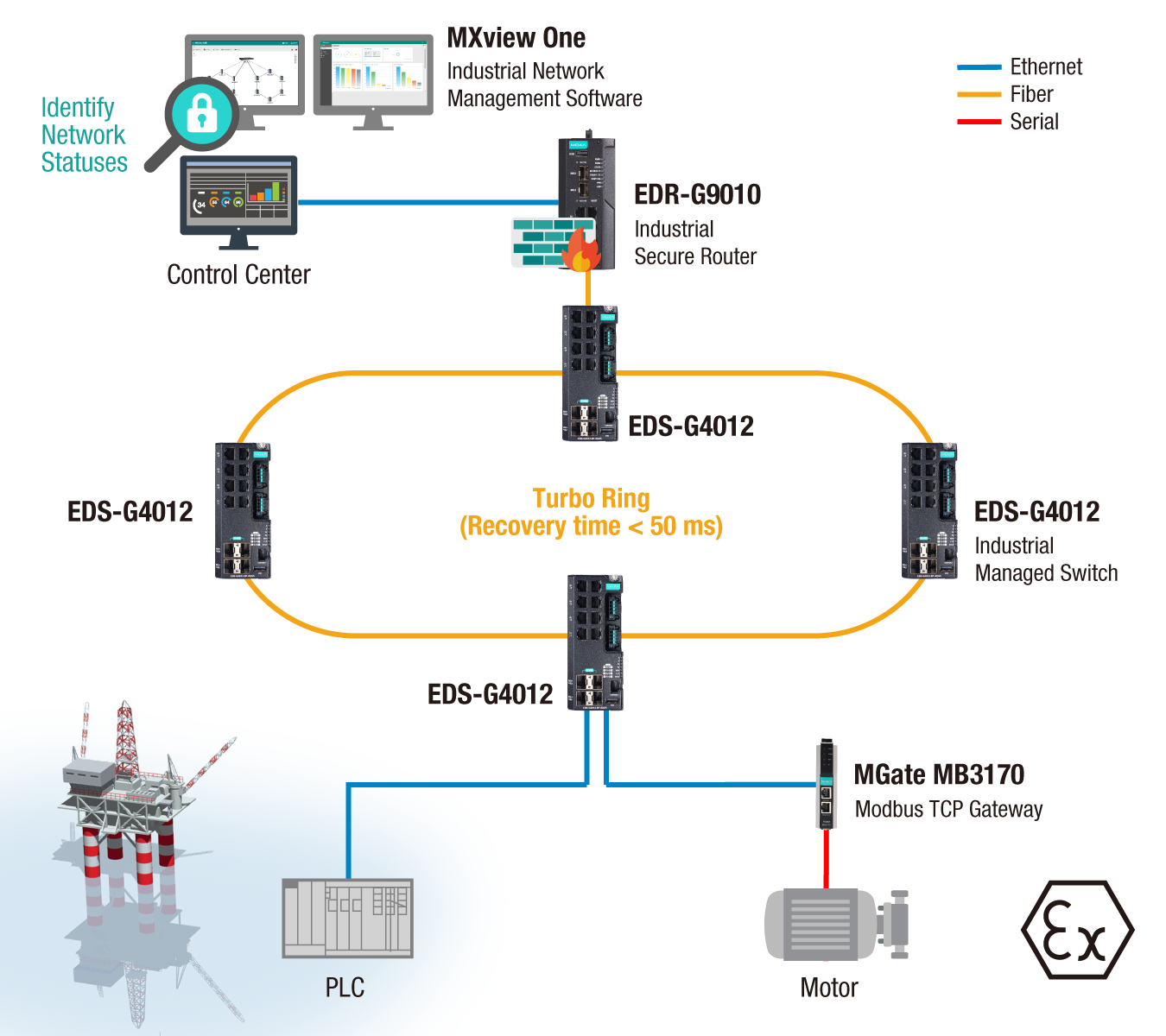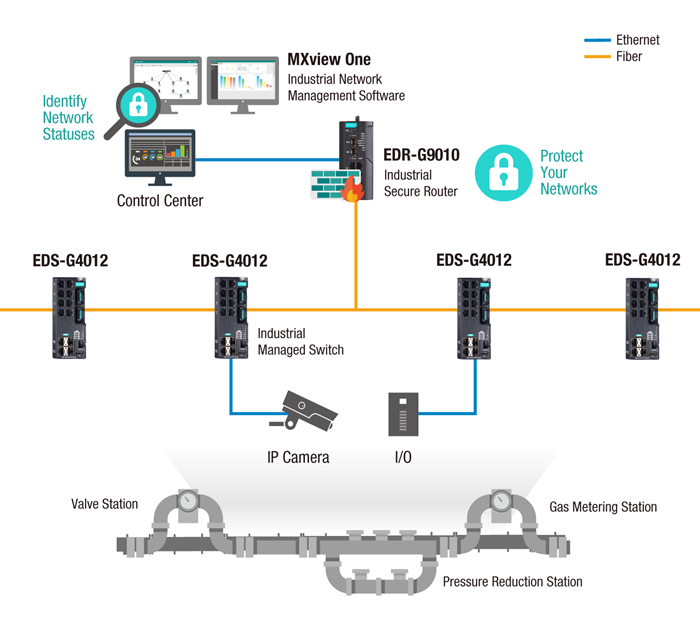Introduction
Operating in demanding conditions, the oil-and-gas sector demands top-notch equipment and network connectivity. Any misstep in these rigorous environments can lead to significant repercussions, such as decreased operational efficiency, compromised personnel safety, and reduced competitive edge for organizations. This underscores the critical necessity for reliable, effective, and future-ready solutions in the oil-and-gas industry. All stakeholders in this field must acknowledge the imperative nature of this requirement.
A prime illustration is Streamline Innovations, which faced a formidable task when they had to eliminate hydrogen sulfide (H₂S) from gas and convert it into agricultural-grade sulfur. This challenge necessitated precise remote management of chemical reactions traditionally overseen by on-site specialists. Luckily, Streamline Innovations managed to establish secure connectivity and IT/OT convergence by adopting futureproof networking solutions and durable devices. They can now remotely manage and optimize chemical processes, resulting in a 75% reduction in labor costs, heightened uptime, and improved operational efficiency.
Their success story emphasizes the significance of adopting future-ready networking technologies and utilizing reliable products to minimize concealed expenses. It’s solid evidence that the dependability of each networking device is crucial for ensuring your oil-and-gas system delivers high-quality results over time.
Read further to explore more real-world scenarios showcasing the crucial role of reliability in the oil and gas sector and how it can shape your future operations.
Scenario 1: Dependability on the Waters—Offshore Oil Drilling
In offshore oil drilling, where synchronized monitoring and operational support present challenges, robust communication and trustworthy monitoring networks are not merely optional luxuries but absolute necessities. Disruptions or failures in this harsh setting can result in catastrophic outcomes, leading to costly production halts caused by equipment obstructions or malfunctions.
To tackle these issues, a sturdy and reliable network infrastructure forms the foundation of the solution. Specifically, products engineered for endurance in such demanding environments, focusing on ruggedness, become indispensable. Incorporating redundancy within the network structure is equally critical as it minimizes downtimes and enhances operational efficiency. Furthermore, products meeting stringent maritime certifications, such as DNV, and certifications for hazardous environments like Class I Division 2 (CID2) and ATEX Zone 2, are crucial for operating in explosive gas atmospheres, extreme temperatures, corrosive conditions, and vibrations.
By implementing these measures, offshore oil-drilling operations can operate effectively even amidst rapid temperature fluctuations, harsh corrosive settings, and continuous vibrations. This not only eliminates the need for laborious manual operation of equipment by oil-well operators but also significantly reduces operational intricacy and expenditures.
These integrated solutions ensure precise process automation, sustaining 24/7 production seamlessly. Moreover, the inclusion of network management software facilitates real-time monitoring, lessening the necessity for extensive personnel patrols and ensuring smooth and reliable operations. In summary, these solutions uphold operational efficiency in offshore oil drilling, cost reduction, and ultimately support sustainable production.

Scenario 2: Surveillance of the Circulatory System—Oil-and-gas Pipelines
Another pivotal application involves ensuring the reliable transportation of substantial volumes of oil and natural gas across extensive pipeline networks that often span thousands of kilometers. This necessitates management personnel overseeing numerous extraction stations, including valve, gas measure, and pressure reduction stations, to uphold consistent pressure during transport. This challenging responsibility involves guaranteeing constant pipeline pressure, a complex and demanding task.
To meet these demands, the deployment of durable, scalable, and adaptable fiber optic Ethernet networks is crucial for promptly identifying, preventing, and resolving pipeline issues, such as leaks, damages, and ruptures. With its reliability and capacity to cover long distances, this Ethernet network backbone is ideal for data transmission, enabling smooth remote control and monitoring of essential parameters.
As mentioned earlier, oil-and-gas pipelines extend hundreds of kilometers across unattended areas; hence, apart from installing reliable devices, ensuring cybersecurity is of utmost importance to guarantee both seamless and secure data transmission. Networking devices must support authentication and access control to prevent unauthorized network entry.
In conclusion, a combination of robust hardware and software components paves the way for constructing a resilient network architecture. The inseparable link between reliability and security collaborates to ensure the continuous flow of oil and gas within pipeline networks.

Surmounting OT Networking Challenges and Moving towards a Smart Digital Era
These future-ready networking solutions, equipped with reliability, security, and simplified management, unquestionably ensure seamless operations and play a vital role in enhancing competitiveness for organizations in the oil-and-gas sector.
To delve deeper into another significant application, i.e., oil refineries, download the comprehensive note. This resource can guide you on creating an efficient and future-ready industrial network architecture and ensuring reliability and resilience within your oil-and-gas operations.
- Not Only for Automobiles: Discovering CANbus Technology in Various Industrial Settings - October 29, 2024
- Boost Your Network Performance: An Exciting Manual to PoE Switches! - September 10, 2024
- Understanding Gigabit Switches: Industrial vs Regular Gigabit - September 4, 2024


